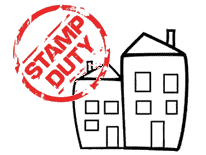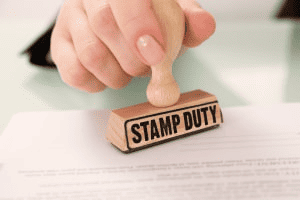You may well have heard a lot about stamp duty in the media recently, but it is a rather confusing matter for most. This is a government tax that some people must pay when purchasing property or land in N Ireland & England. Presently, home buyers have until the end of March 2021 to buy a property with a cost of no more than £500,000 without the need to pay the stamp duty tax. This has led to a significant boost in the UK property market, despite the lockdown.

In some instances, if a property is purchased before a previous is sold, a higher stamp duty rate will need to be paid as the buyer now owns two homes. If, however, the previous home is sold within 3 years, a refund can be applied for of the higher rate section of the bill you paid. For more information on a Stamp Duty Refund, visit a site like Sentient, advisors on the Stamp Duty Refund.
The stamp duty tax will apply to all properties, both leasehold and freehold and cash purchases as well as mortgages. There is a slightly different process in Wales where there is a Wales Land Transaction Tax and Scotland has the Land and Buildings Transaction Tax.

The amount of stamp duty paid is based on a band system, a bit like council tax. Currently there is 0% on properties up to £500,000 and above this the rate is charged at 5%. For properties between £925000 and £1.5 million the rate goes up to 10% and for properties over £1.5 million, it is 12%.